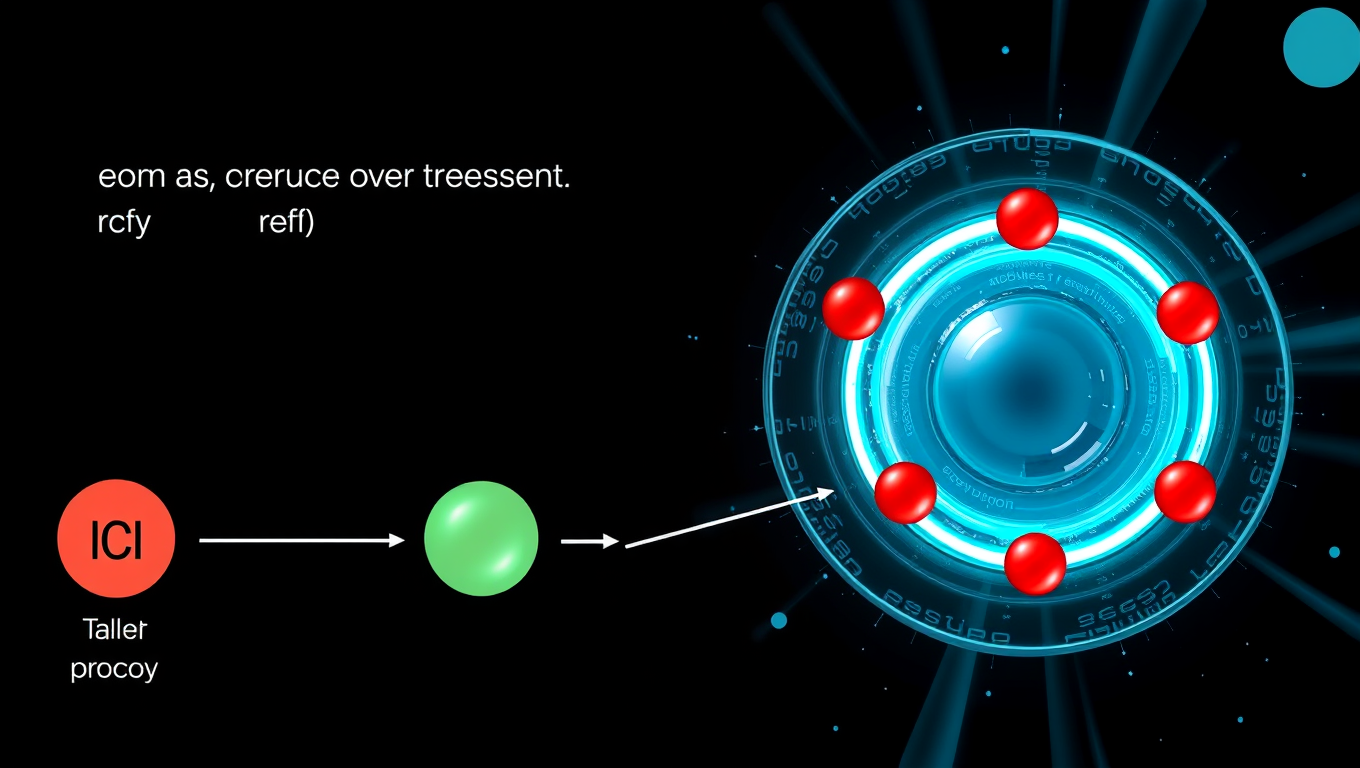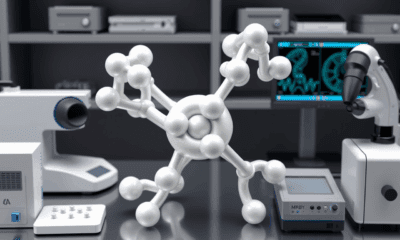While we try to keep things accurate, this content is part of an ongoing experiment and may not always be reliable.
Please double-check important details — we’re not responsible for how the information is used.
Aviation
“A Groundbreaking Breakdown: Aluminium-20 Shatters Nuclear Norms with Explosive Triple-Proton Decay”
Scientists have observed a brand-new and exotic atomic nucleus: aluminium-20. Unlike anything seen before, it decays through a stunning three-proton emission sequence, shedding light on nuclear behavior far beyond the limits of stability. This breakthrough, involving researchers from China and Germany, not only adds a new isotope to the nuclear chart but also hints at broken symmetry and unexpected quantum properties deep within matter.

Aviation
“Revolutionizing Titanium Alloys: New 3D-Printed Material Cuts Costs by 29% While Boosting Strength”
A team of engineers at RMIT University has developed a groundbreaking 3D-printed titanium alloy that s stronger, more ductile, and nearly 30% cheaper to produce than the traditional standard. By replacing expensive vanadium with more accessible elements and rethinking how titanium alloys are designed, the team created a material with improved performance and more uniform microstructure key factors for aerospace and medical applications.
Automotive and Transportation
Breakthrough in Green Hydrogen Production: Triple-Layer Catalyst Supercharges Energy Yield by 800%
Researchers in Sweden have developed a powerful new material that dramatically boosts the ability to create hydrogen fuel from water using sunlight, making the process eight times more effective than before. This breakthrough could be key to fueling heavy transport like ships and planes with clean, renewable energy.
Aerospace
“Mid-air Marvel: Caltech Engineers Create Transforming Robot That Flies and Rolls with Ease”
Engineers have developed a real-life Transformer that has the ‘brains’ to morph in midair, allowing the drone-like robot to smoothly roll away and begin its ground operations without pause. The increased agility and robustness of such robots could be particularly useful for commercial delivery systems and robotic explorers.
-

 Detectors8 months ago
Detectors8 months agoA New Horizon for Vision: How Gold Nanoparticles May Restore People’s Sight
-

 Earth & Climate9 months ago
Earth & Climate9 months agoRetiring Abroad Can Be Lonely Business
-

 Cancer9 months ago
Cancer9 months agoRevolutionizing Quantum Communication: Direct Connections Between Multiple Processors
-

 Albert Einstein9 months ago
Albert Einstein9 months agoHarnessing Water Waves: A Breakthrough in Controlling Floating Objects
-

 Earth & Climate9 months ago
Earth & Climate9 months agoHousehold Electricity Three Times More Expensive Than Upcoming ‘Eco-Friendly’ Aviation E-Fuels, Study Reveals
-

 Diseases and Conditions9 months ago
Diseases and Conditions9 months agoReducing Falls Among Elderly Women with Polypharmacy through Exercise Intervention
-

 Chemistry8 months ago
Chemistry8 months ago“Unveiling Hidden Patterns: A New Twist on Interference Phenomena”
-

 Agriculture and Food9 months ago
Agriculture and Food9 months ago“A Sustainable Solution: Researchers Create Hybrid Cheese with 25% Pea Protein”





























